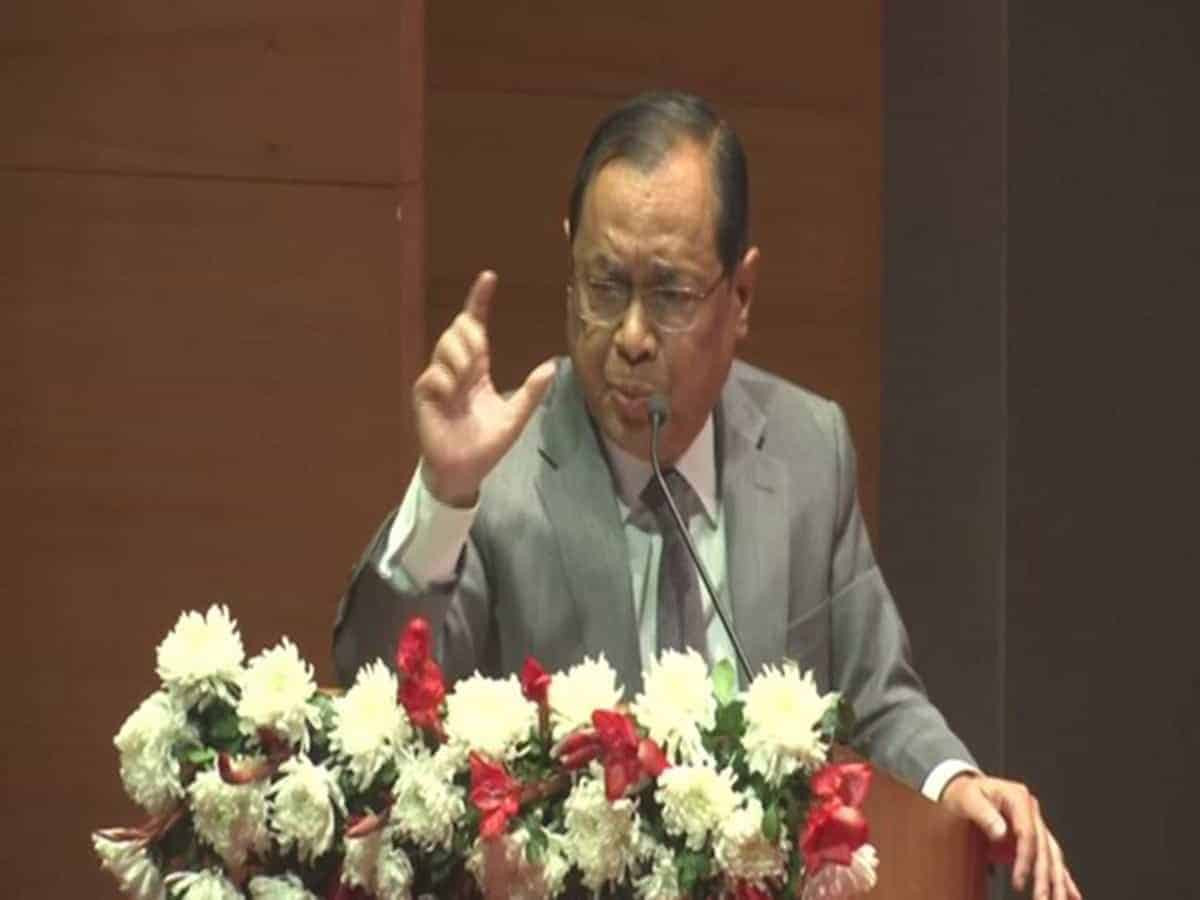New Delhi: There can be no doubt that former Chief Justice of India Ranjan Gogoi could be a distinguished presence in the Rajya Sabha. His experience and wisdom, and the stature that comes with having led the institution of the higher judiciary, would embellish its proceedings. Yet, it is equally true, if not more, that the institution that Justice Gogoi served and led now comes under a deeper shadow. And that no amount of whataboutery is going to take away from this reality. Yes, Justice Gogoi is not the first judge to have accepted what looks suspiciously like a post-retirement benefit from government, and not even the first Chief Justice of India to do so. Justice Ranganath Misra retired as CJI in 1991, and was made NHRC chairman and some years later, Rajya Sabha MP on a Congress ticket. As far back as in 1958, the chief justice of Bombay High Court, MC Chagla, was appointed as India’s ambassador to the US and then High Commissioner to the UK in the Nehru regime. In its first term in power, the Modi government appointed another former CJI, Justice P Sathasivam, as Kerala governor. There are other examples, too. Yet, when Justice (retired) Madan B Lokur asks if the “last bastion” has “fallen” today, his words have a special resonance. Because the several wrongs of the past do not make this right. In his first comments, Justice Gogoi has said that the legislature and judiciary must “at some point of time work together for nation-building.” That’s a deeply problematic formulation coming from someone who should know better. Because in its timing — Justice Gogoi retired a mere four months ago — and in its setting — the independence of the judiciary has seemed especially precarious in his own tenure as CJI, and in times of a political executive that weaponises its large mandate — the fact that the government offered and Justice Gogoi accepted, is a fell blow and a taint.
Historic press conference
Justice Gogoi was one of the four senior-most judges who held the historic press conference in January 2018 questioning then CJI Dipak Misra and his running of the top court. He has been articulate and eloquent about the imperative to protect and strengthen the integrity of the judicial institution, at the heart of which lies its independence. Delivering the third Ramnath Goenka Memorial Lecture in July 2018, he spoke of the precious freedom to speak truth to power, and the need for the judiciary to remain “uncontaminated”, “independent” and “fierce” to “preserve its moral and institutional leverage”. He spoke of the necessity of “independent journalists and sometimes noisy judges”. He quoted Alexander Hamilton: “civil liberties. will have everything to fear from the union of the judiciary with either of the other two branches” of executive and legislature.
SC is larger than one judge
Now, as he accepts the RS nomination, so soon after presiding over politically sensitive cases in which the government was a party — Assam NRC, Sabarimala, Ayodhya, Rafale, CBI — he invites serious questions, not just on himself but on the institutional operationalisation of the separation of powers. The judiciary’s credibility, its finality, rests not just on justice being done, but on its being seen to be done. Of course, the Supreme Court is larger than one judge. But by saying yes to the government, Justice Gogoi becomes complicit in the hurt caused to both the institution and its image.

